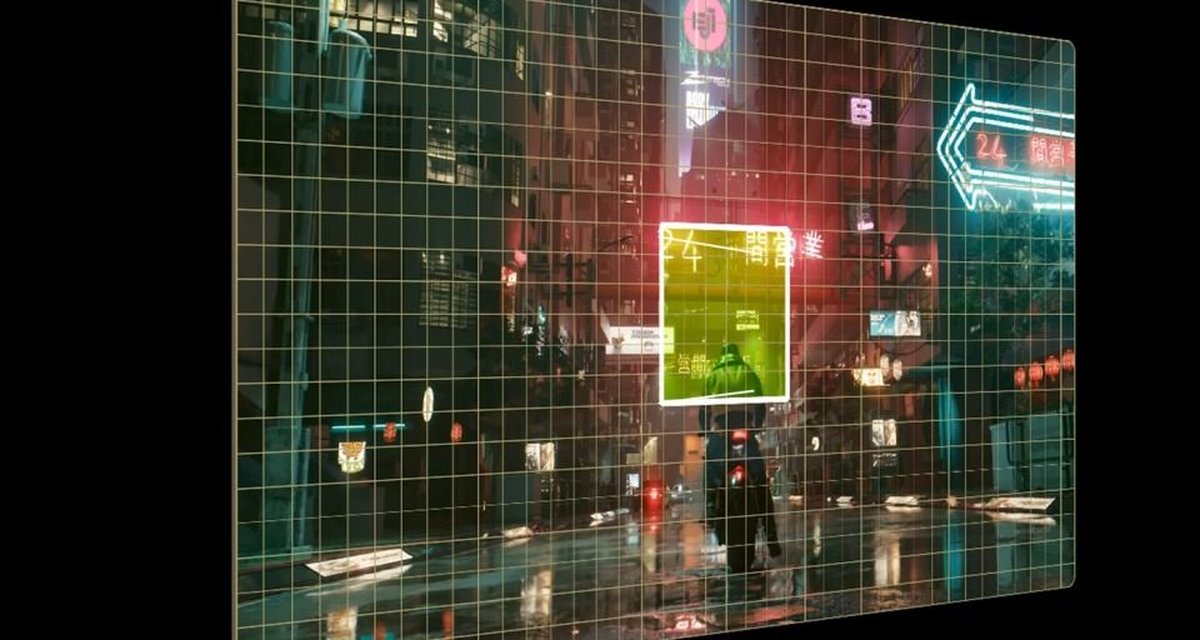With the announcement of the GeForce RTX 50, many users were surprised by the jump in performance of certain models, such as the RTX 5090 and especially the RTX 5070, which have the same performance as the RTX 4090 when using AI. However, this has sparked debate over the use of technology responsible for creating “fake frames” to improve performance.
These fake frames will be frames artificially created by DLSS 4, the new Multi-Frame Generation, but what does this mean and to what extent is Nvidia telling the truth about the performance of the RTX 5090, RTX 5080 and RTX 5070?
Frames and display screen
When composing any of the images displayed on a computer screen, it is common to use the term frame or frame to express the perception of motion created. When we talk about video, this means the rapid display of several different static images to create the action of a movie or game, for example.
So frames are nothing more than images quickly displayed on the screen to create video. The faster the frames are displayed on the screen, the greater the smoothness of the movement that characterizes what we call frame rate.
Frames per second are important
byu/Lutarisco educational gifs
In cinema, 24 frames per second are used, meaning that we can watch movies by showing each image on the screen 24 times per second, creating movement very similar to what we see in reality.
Ideally in games, the games should run at least 30 frames per second, so that the player does not feel like the game is stuck, and the higher this rate, the smoother the game.
So what can these fake frames be used in the RTX 50?
Framework Generation
With the advent of DLSS 3 (Deep Learning Super Sampling), Nvidia introduced Frame Rendering technology. Basically, this feature is responsible for creating an artificial frame with the help of artificial intelligence when drawing the frames created by the video card.
If you don’t know, the graphics card is responsible for drawing all the images we see on the screen and sending them to the monitor. When this feature is turned on, Frame Rendering uses motion vectors and optical flow accelerators to figure out which frame has been rendered by the GPU, and before the next actual frame is drawn, the technology creates a dummy frame and places it in the middle of that sequence.
In this way, Nvidia has managed to create a way to double or even triple the FPS rate in games, since in addition to the actual frames made by the graphics card, there is also an intermediate frame generated entirely by artificial intelligence.
The “problem” is that this technology creates a debate about fake frames, which are supposedly artificial frames. The reasoning of some users is that Frame Rendering will present players with a fake since it is the AI that creates some of the frames and not the processing power of the video card.
Multiframe Rendering and further discussion
Recently, Nvidia revealed DLSS 4 and Multi Frame Generation, which works similarly to the original Frame Generation. One of the main differences is that if previously FG created only one intermediate frame, now the new version can create up to three of these artificial intermediate frames.
The manufacturer claims that thanks to this technology, the RTX 5070 can have the same performance as the RTX 4090, that is, multiple frames are created by artificial intelligence. In fact, Nvidia’s CEO Jensen Huang admitted that this “would be impossible without AI.”
Again, some of the gaming community highlighted the fake aspect of these frames and did not like the advertisement very much. One of the main reasons for this may be that Nvidia neglected to mention during the launch of the RTX 5070 that this card could only come close to the RTX 4090 with the use of artificial intelligence and so-called “fake frames”.
Artificial intelligence is helping but stay calm
In fact, the company’s slides do not reveal this information 100% clearly, but interpreting the graph is enough to understand that the RTX 5070 achieves the predicted performance using only DLSS. In fact, the footnotes themselves reveal that testing on the RTX 5070 was carried out using Multi Frame Generation with four levels of amplification.
In an interview with the website thresholdNvidia’s technical product manager Lars Weinand stated that it is possible to reach RTX 4090 performance levels when using neural networks. [DLSS 4] “This does not mean that the RTX 5070 can beat the 4090 in every aspect and configurations,” Weinand emphasizes.
The company representative reiterated the information that the new card reached the highest level of the last generation in DLSS 4 in Cyberpunk 2077 and Alan Wake 2, while the 4090 needs DLSS 3.5 to reach the same level.
“That’s what the claim is based on; you’re seeing performance levels previously only possible with the RTX 4090, but of course that doesn’t mean you’ll get similar performance in every configuration and graphics setting you choose,” concludes Nvidia’s technical product manager.
As for fake frames, this is each user’s personal perspective, but from Nvidia’s perspective it seems logical. The manufacturer has already stated that it is now an artificial intelligence company and will do everything in its power to ensure that artificial intelligence technologies are included and featured in its products.
Source: Tec Mundo
I am a passionate and hardworking journalist with an eye for detail. I specialize in the field of news reporting, and have been writing for Gadget Onus, a renowned online news site, since 2019. As the author of their Hot News section, I’m proud to be at the forefront of today’s headlines and current affairs.










